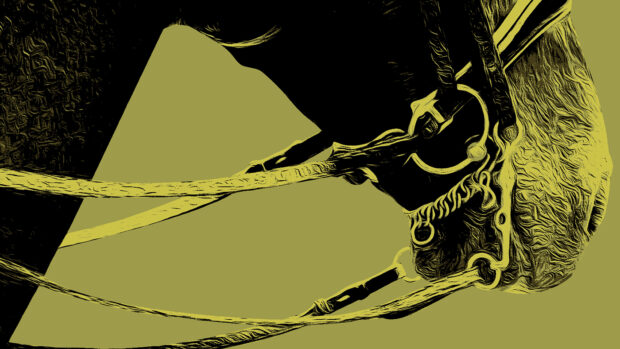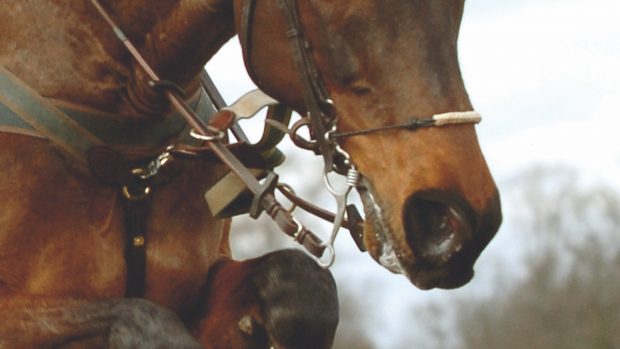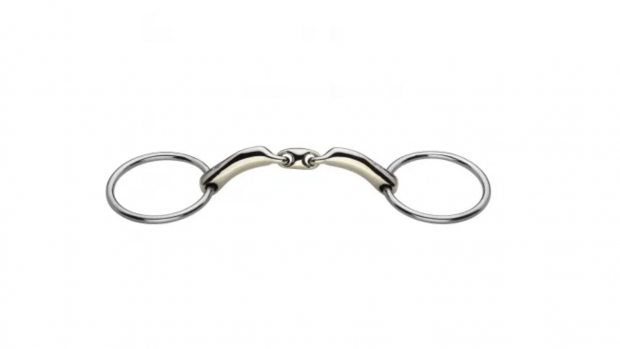French link snaffles find favour with riders – and horses – in all disciplines, but show producer and event rider Katie Moore finds that a French link pelham is equally useful.
“It’s been the ideal stepping stone for Ambershire Fort George, whocame out in riding horse classes,” she explains.George was bred by Katie’s parents, Mike and Jill Jerram, and is a compact Thoroughbred by Infantry. His initial schooling was done in either a French link snaffle or a Happy Mouth jointed one with full cheeks; in the ring, he will be expected to go in double reins, but Katie felt he was not ready to go straight into a double bridle.
“I used a French link pelham with Rugby cheeks and a light leather curb chain, in which he goes nicely,” she says. “I usually start off the young horses in a leather curb chain, because it’s so mild, though, occasionally you get one who is a bit of a devil and needs a proper one to make him think!
“The loose rings of the Rugby pelham are outside the cheekpieces, so there is no danger of the horse’s mouth being pinched – and the leather curb chain has so little effect that I can ride him on the top rein just as if he was in his snaffle.”
Katie also uses a French link mouthpiece for schooling other horses on her showing yard.
“Some horses tended to lean on one side in a double bridle. Putting them in a French link for a while can often improve this.”


